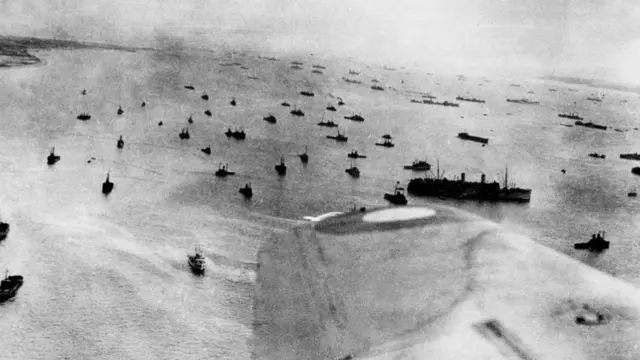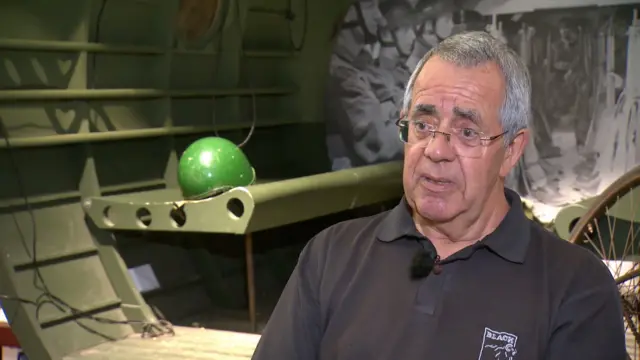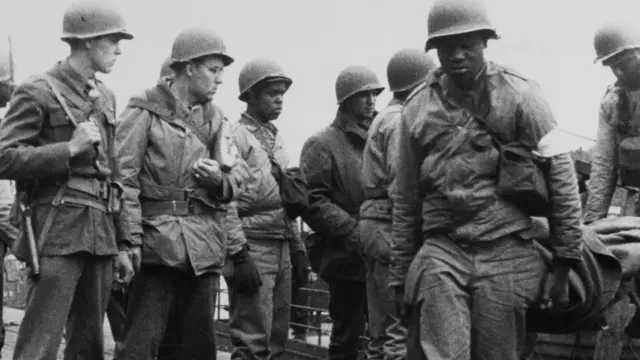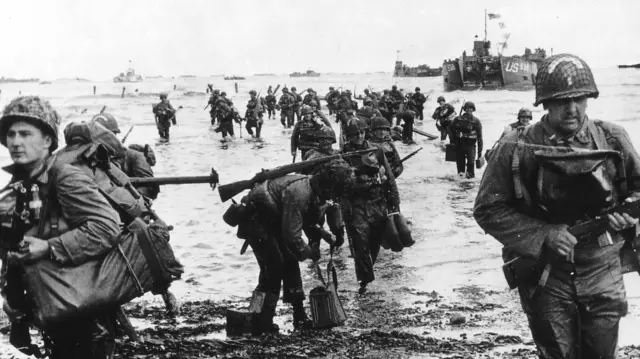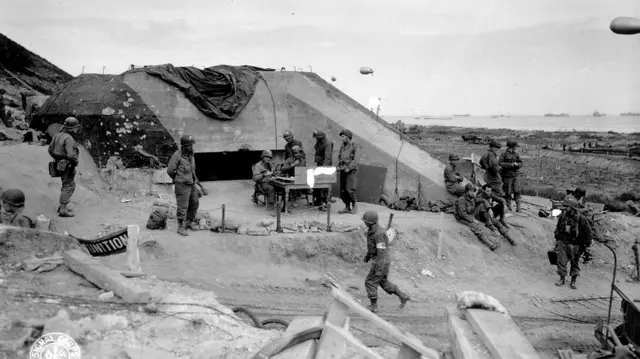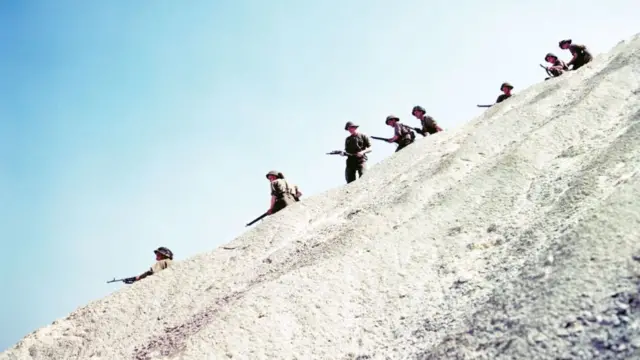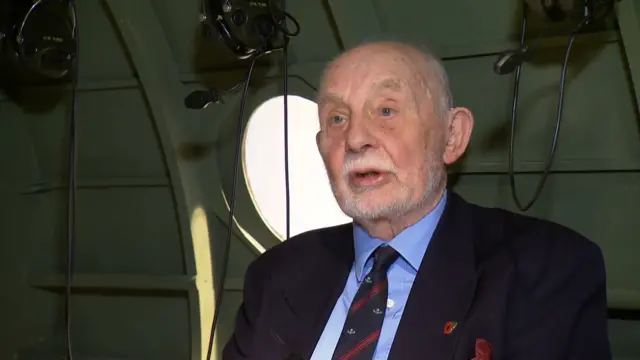Weather crucial to 6 June D-Day landingspublished at 14:27 BST 6 June 2024
Weather forecasts in June 1944 played a vital role in D-Day as soldiers gathered in southern England waiting to head to Nazi-occupied France.
More than a year in the planning, US Gen Dwight D Eisenhower had hoped for the invasion to take place on 5 June but after meeting with weather experts at Southwick House, Portsmouth, he changed the launch date.
Group Capt James Stagg was the chief meteorological adviser and predicted there would be a storm on 5 June but a break in the bad weather the following day.
 Image source, National Meteorological Archive
Image source, National Meteorological ArchiveGroup Capt James Stagg, was the chief meteorological adviser
